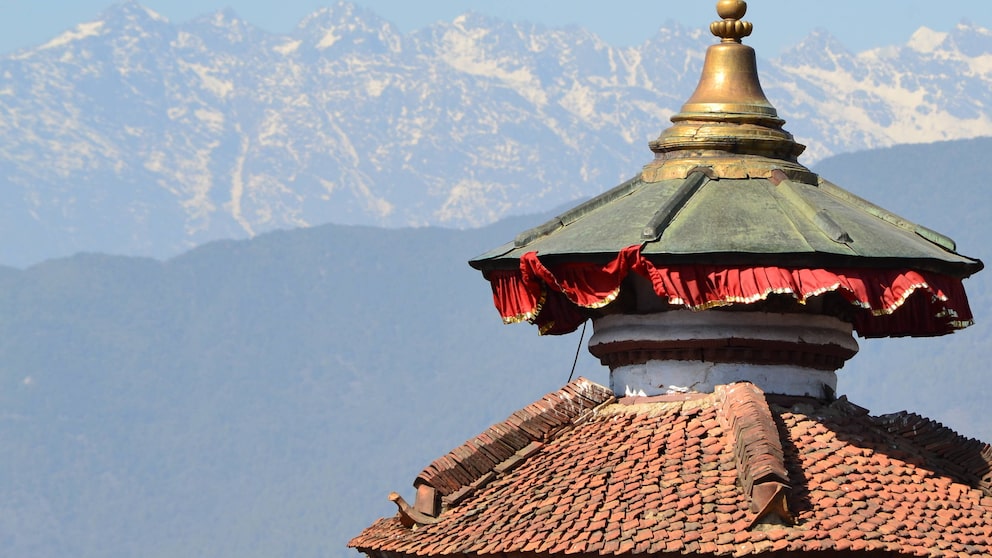December 27, 2024, 2:39 pm | Read time: 6 minutes
Gisa Wengel spent six months on a sabbatical in Nepal. Our author, Anna Wengel, visited her there at the end of her time in Nepal and asked her mother to show her the country she fell in love with for two weeks. She talks about her experiences on TRAVELBOOK.
Flap open, goat squeezed against the side, backpack next to it, flap closed. Despite muscle power, the second backpack can no longer be squeezed into the trunk next to the frightened animal. So off it goes, soaring onto the roof of the bus—and beyond. Only noticed by the man who receives a thump on the head. Once the bus driver has expertly stowed our stuff, we are allowed to board. It’s my first local bus on the way to Meghauli, the small village in the south of Nepal, where my mother, Gisa Wengel, lived and worked as a volunteer nurse for six months.
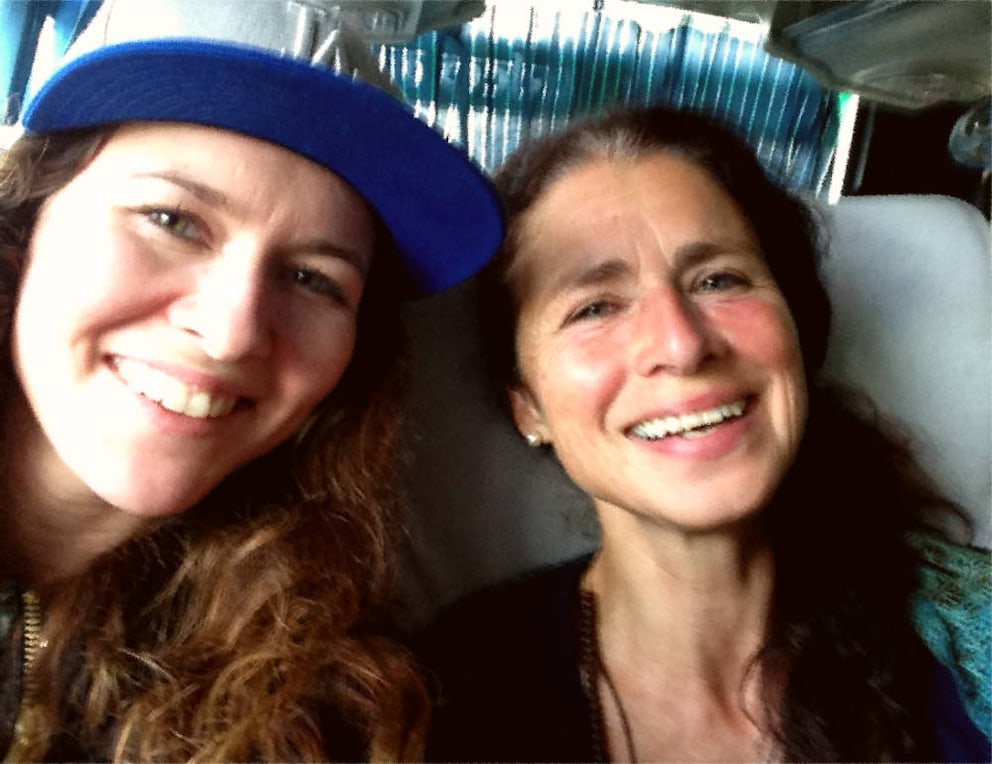
After hours of swaying through risky overtaking maneuvers, nibbling on spicy samosas, and witnessing the unfortunate aftermath of motion sickness on the windshield, we finally arrive. The girl in front of me, as pale as a ghost, isn’t the only passenger grappling with an upset stomach from the tumultuous bus ride. I had heard legends about bus journeys in Nepal before but dismissed them as exaggerated scaremongering. Well, it’s not scaremongering. If you want an adrenaline rush, you should get on a local bus in Nepal in rainy weather. But take earplugs with you. Because it’s not just the winding roads and the cuddly crowds that can get in the way of your initial adventurous spirit. A few hours into the journey, the relentless volume of traditional Nepalese music transforms my initial joy into a half-joking dread of developing ear cancer.
Village Life: Tiger Kills Fisherman
Stomach and ears quickly feel better after the bus ride. Disgust and discomfort are replaced by a perverse curiosity, because: A tiger roams the village and already found its first victim, a man. “Don’t walk through Meghauli alone!”, I am warned by a fellow passenger in the rickety pickup that takes us to the small village in the south, while my mother asks who exactly was killed by the tiger. It was a fisherman.
With the thought of a man killed by a tiger still in my head, Mom finally introduces me to Bishnu, her landlady, with whom she shares a mud hut, a fireplace, and a love of minimalist living. The two women talk with their hands, feet, and the few bits of Nepali, English, and German that they have taught each other over the last few months—and they seem to know exactly what the other means.
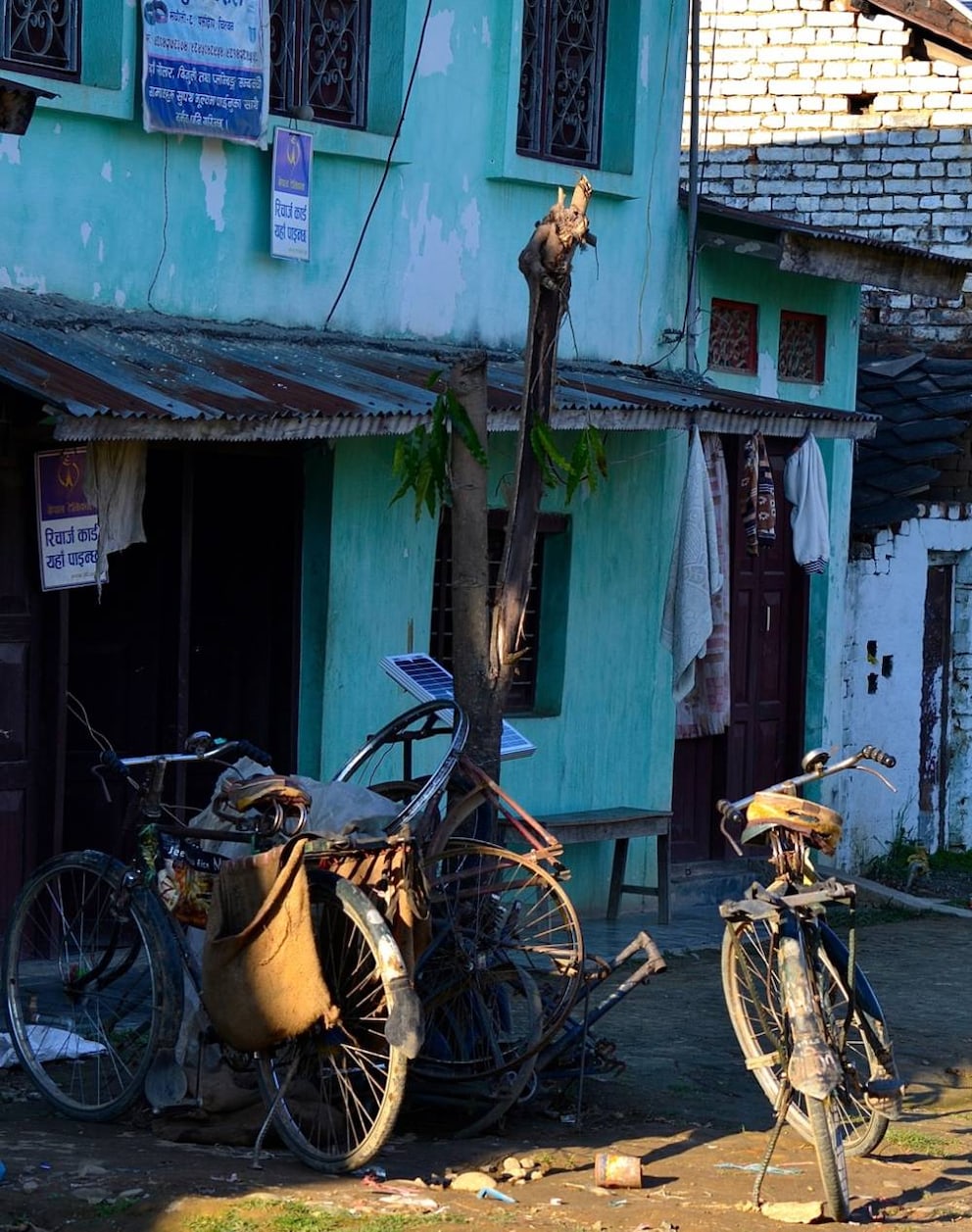
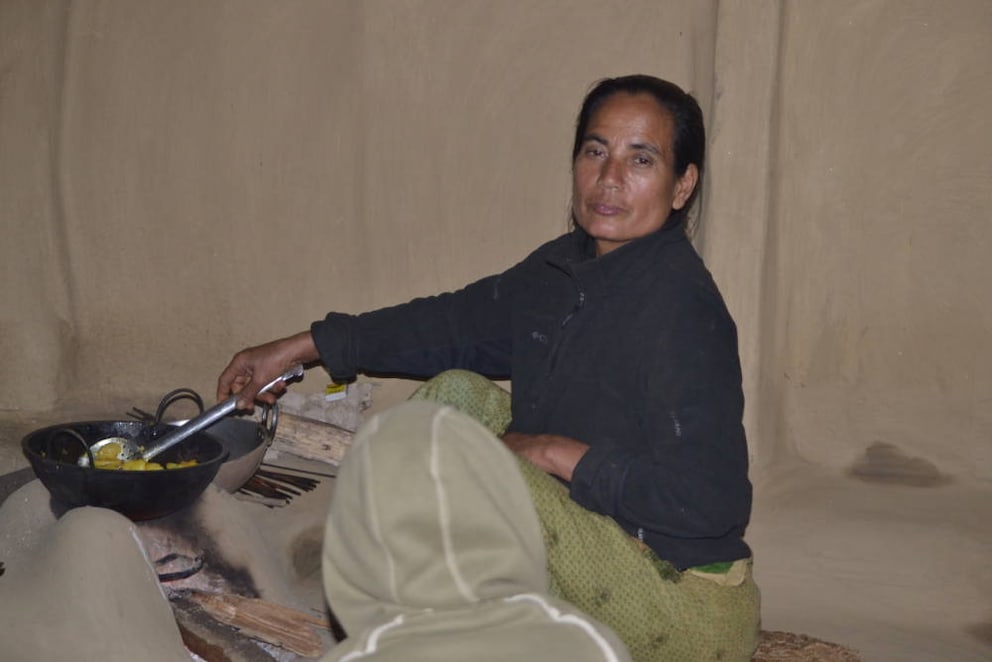
We stay in Meghauli for three days. I don’t see the tiger. But I do see two crocodiles lying in the sun near the infirmary where my mother works—sleeping? Despite my curiosity, I decide not to venture any closer. And that’s not solely because the thought of receiving treatment in the infirmary without anesthesia sends shivers down my spine. The small children standing with me on the riverbank and stalking ever closer to the huge lizards are obviously used to large, dangerous animals. Tigers and crocodiles are not the only ones here, by the way. There are also wild elephants and rhinos here, I hear, and I suddenly feel like I’m in a childhood dream come true—only perhaps a little more frightening.
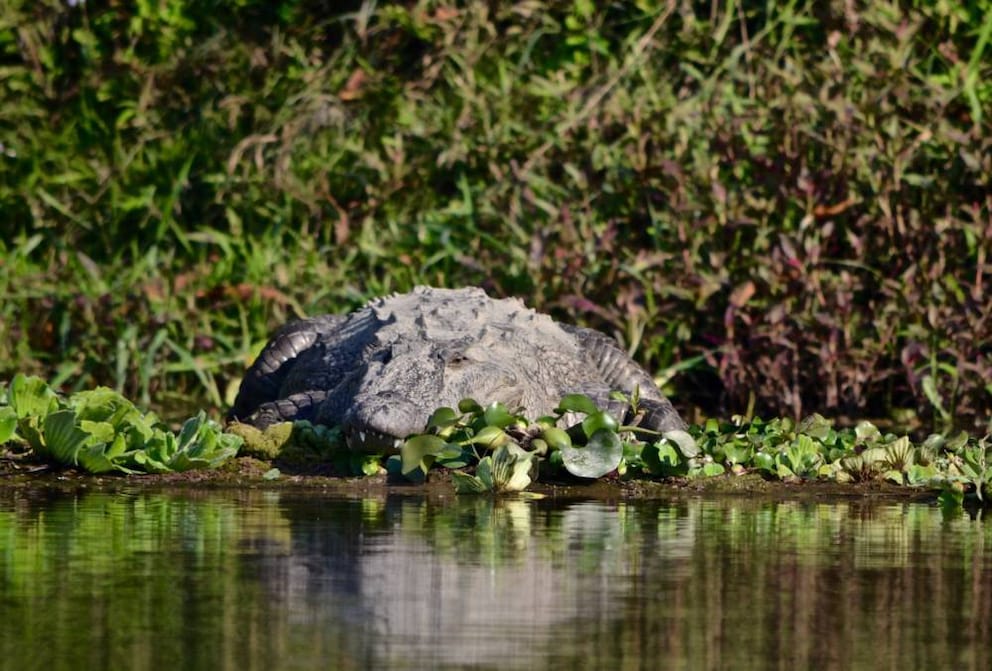
You can also listen to information and tips about Pokhara in the following podcast episode of “In 5 Minuten um die Welt” – narrated by TRAVELBOOK author Anna Wengel (now Chiodo):
Hippie Dream Pokhara and the Natural Beauty of Annapurna
Our next stop is anything but scary: Pokhara. A place of pilgrimage for hippies, yogis, and travelers, and the starting point for many trekking enthusiasts. As soon as we arrive, I fall in love with this place with its picturesque backdrop of Lake Phewa and the Annapurna Mountains, where Nepalese and tourists sit and talk, braid each other’s hair, and share food and joints.
After the colorful, noisy Kathmandu, where you have to defend your food from the monkeys, and the stomach-churning bus ride, this city somehow seems to work in slow motion. Everything feels unhurried, serene, perhaps because many here are simply basking in stoned bliss. We spend hours lounging on cushions in a lakeside café. Observing cows ambling by and revelers joyously dousing each other with neon-colored powder. We arrived in Pokhara on the day of the Holi Festival, and the whole city is glowing pink, blue, orange, yellow, and green.

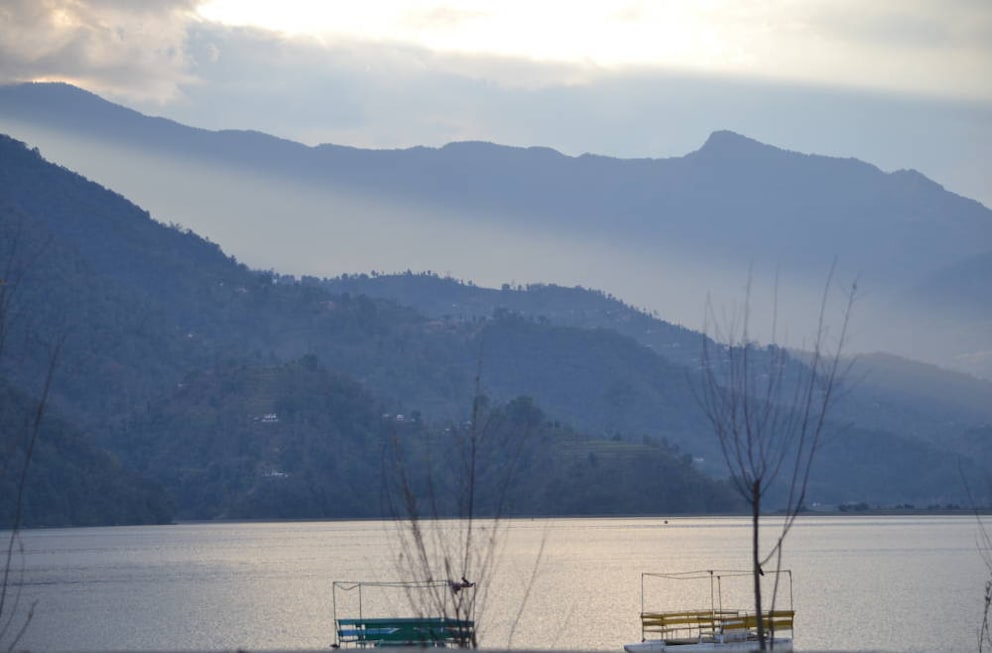
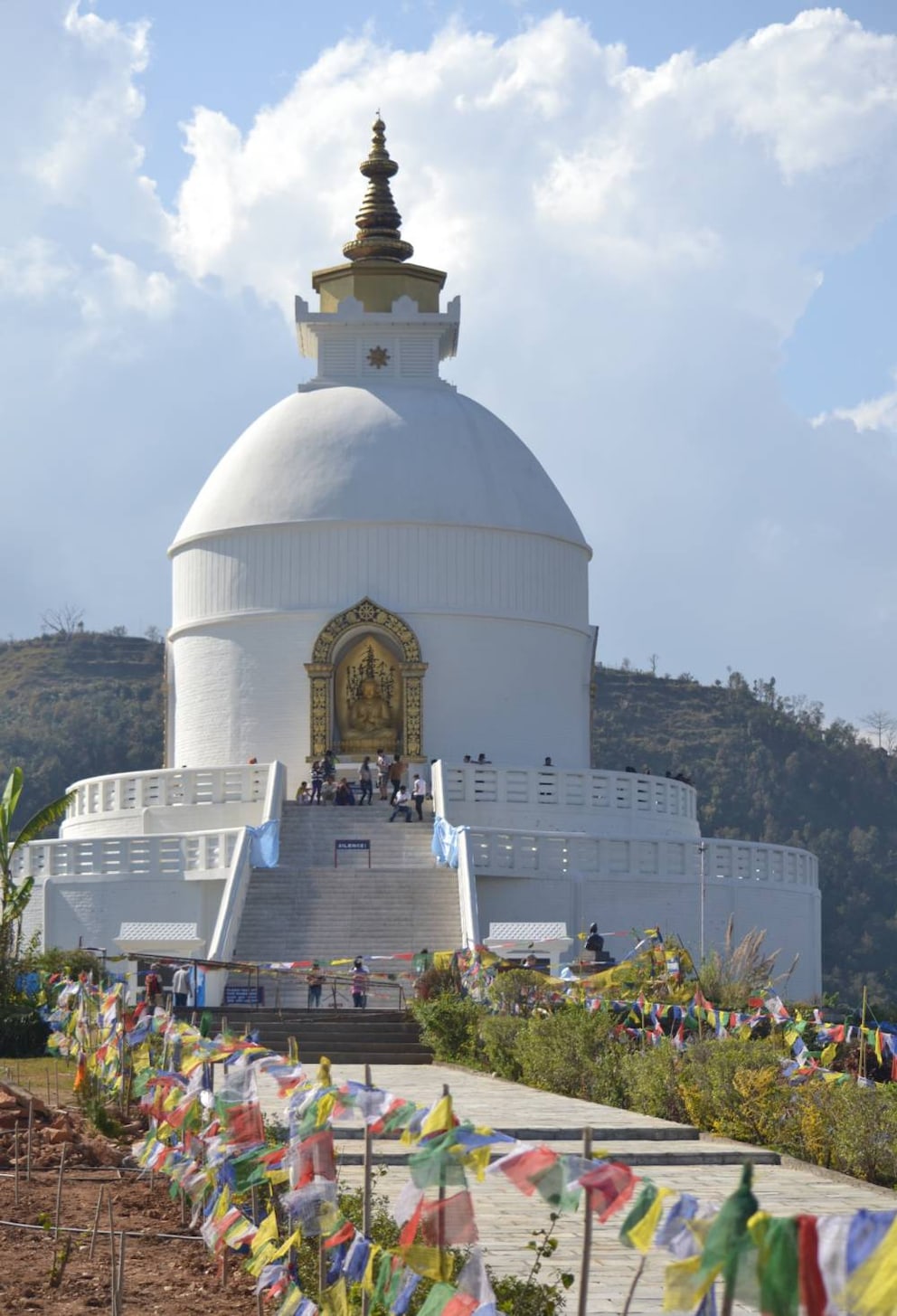
Pokhara is not just a stomping ground for peace-preaching globetrotters, hikers also come here. The route leads uphill from Pokhara to one of Nepal’s sightseeing hotspots, the mountain village of Sarangkot. At 5 a.m., travelers and locals gather on the viewing platform to watch the sun rise beam by beam over the Annapurna Mountains and to be impressed by the mighty skyline. Because most people are probably impressed by this gigantic mountain landscape, some of which reaches just over 8,000 meters. I am not the only one with tears glistening in the corner of her eyes from sheer emotion.
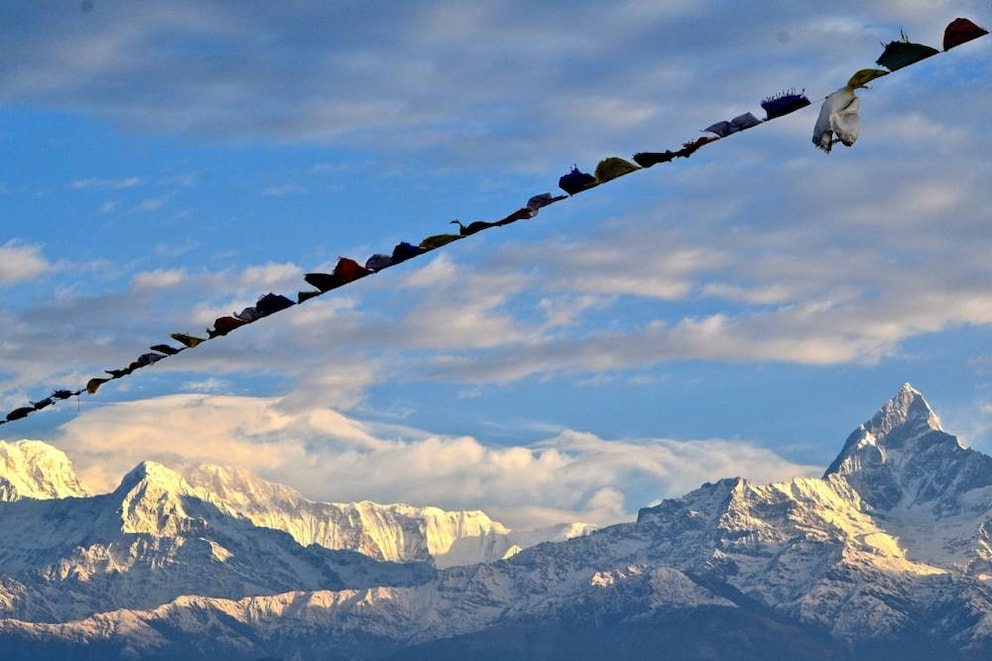
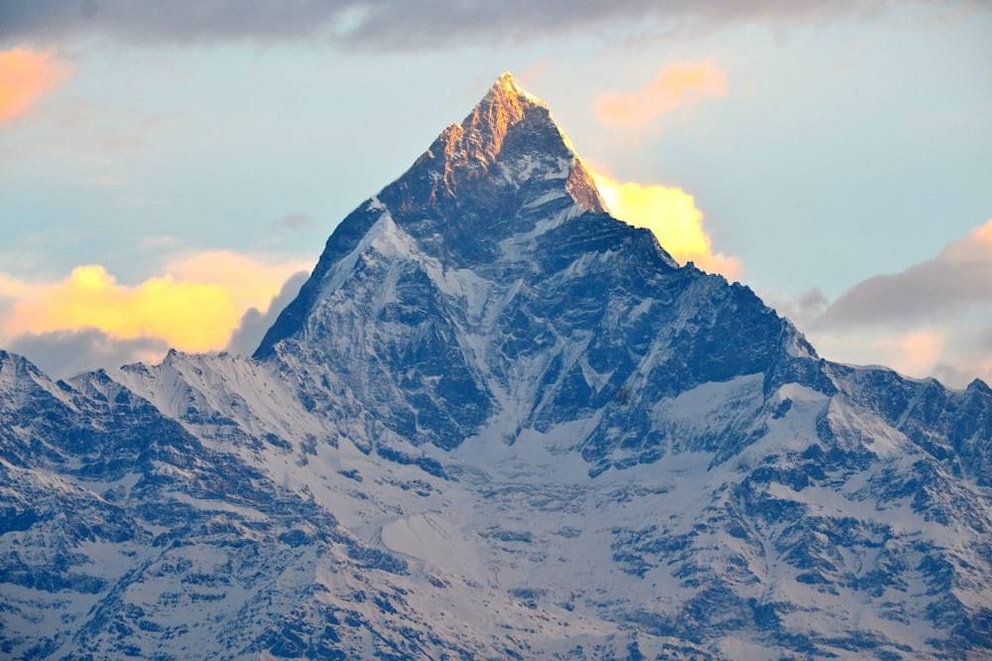

Why Cambodia Is Worth a Trip

In India for the First Time? This Is Why Goa Is a Great Starting Point

Why a Vacation in the Small Town of Hooksiel at the North Sea is Worthwhile
Airport Chaos Is Part of It
After three weeks of charming Nepalese chaos, we return to Kathmandu. Departure. When my mother has almost arrived back in Germany, I arrive at Tribhuvan International Airport an hour before boarding. And wait. The hall fills up more and more with people. Nobody leaves. After three hours, the news: all flights are delayed, including my Bali flight. The reason: the lights on the tarmac broke.
After my outbound flight had already arrived totally late because Kathmandu had no room for the plane, and it had to be parked in India for a few hours, I’m curious. Can this problem be solved within hours? It can’t. Two hours later, the display behind three flights changes from “Delayed” to “Cancelled”, and mine is there. Together with eight other foreign travelers to Bali, I am carted to a half-finished luxury hotel nearby. Strictly separated from the numerous Nepalese, who are squeezed into two buses and accommodated somewhere else.
So my trip to Nepal ends as it began. With the unpleasant aftertaste of two-class society and airport chaos, which proves that you can plan something in Nepal. But you may also just not.
The original of this article was published in 2018.

